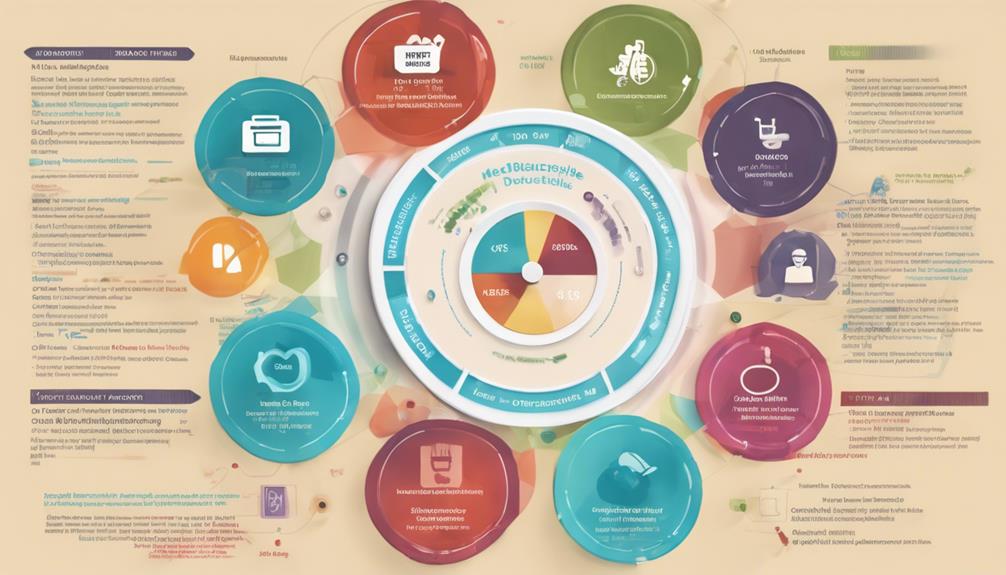Medicaid is a crucial program that provides health coverage for millions of Americans, but many don’t realize the extent of its benefits, especially regarding dental care. In this blog post, we will delve into the details of adult Medicaid dental, including what it covers, eligibility criteria, and how to access these essential services.
What is Adult Medicaid Dental?
Adult Medicaid dental refers to the dental services covered under the Medicaid program specifically for adults. While Medicaid traditionally covers a range of health services for children, dental coverage for adults can vary significantly by state. In some states, basic preventive services are included, while others may offer a more extensive range of treatments. Understanding what your state offers is vital for maximizing your benefits under this program.
Most commonly, adult Medicaid dental services cover routine check-ups, cleanings, and fillings. Some states may provide additional services such as extractions, dentures, and oral surgery. It’s essential for beneficiaries to familiarize themselves with their state’s specific offerings to ensure they receive the necessary dental care.
Eligibility Criteria for Adult Medicaid Dental
To access adult Medicaid dental benefits, individuals must first qualify for Medicaid based on income, household size, and other factors. Generally, states have specific income limits that determine eligibility, which can vary significantly.
For many states, individuals with incomes at or below 138% of the federal poverty level are eligible for Medicaid. However, some states may have expanded coverage to include a broader population, while others only offer limited dental benefits. It’s crucial to check with your local Medicaid office or their website for the exact eligibility requirements and coverage in your state.
Services Typically Covered Under Adult Medicaid Dental
The range of services covered under adult Medicaid dental can vary widely by state. However, most states offer a baseline of essential services. These typically include:
– Preventive Services: Routine check-ups, cleanings, and fluoride treatments.
– Basic Restorative Services: Fillings and other minor restorative procedures.
– Extractions: Surgical removal of teeth that are decayed or problematic.
Some states may also cover more extensive services, such as root canals, crowns, dentures, and orthodontic care. Therefore, it’s crucial for Medicaid recipients to check their state’s Medicaid guidelines to understand what services are available to them.
How to Access Adult Medicaid Dental Services
Accessing adult Medicaid dental services typically requires a few steps. First, individuals must ensure they are enrolled in Medicaid. Once enrolled, they should locate a participating dental provider in their area.
Many states have online directories or customer service lines where you can find a list of dental providers accepting Medicaid. It’s advisable to call ahead to confirm that the provider accepts Medicaid and that they offer the specific services you need. Additionally, some states may require a referral from a primary care physician before seeing a dentist.
Importance of Preventive Dental Care
Preventive dental care is crucial for maintaining overall health and well-being. Regular check-ups can help identify potential dental issues before they escalate into more severe problems, which can be costly and complicated to treat. Beneficiaries of adult Medicaid dental should prioritize preventive care to ensure their dental health is not only maintained but optimized.
Preventive services typically covered under Medicaid, such as cleanings and exams, can significantly reduce the risk of severe dental issues like gum disease and tooth decay. Furthermore, good oral health is linked to overall health, potentially reducing healthcare costs in other areas.
Challenges Faced by Adult Medicaid Dental Beneficiaries
Despite the benefits of adult Medicaid dental, there are challenges that beneficiaries may encounter. One of the most significant issues is the limited availability of dental providers accepting Medicaid. In many areas, there may be a shortage of dentists willing to accept Medicaid patients, leading to long wait times for appointments.
Additionally, the variability in coverage across states can create confusion among beneficiaries regarding what services are available and how to access them. This lack of uniformity can also lead to disparities in dental health outcomes among Medicaid recipients, highlighting the need for policy improvements in the program.
Future of Adult Medicaid Dental Coverage
The future of adult Medicaid dental coverage is a hot topic in healthcare discussions. Advocacy groups are pushing for expanded dental services under Medicaid, emphasizing the importance of oral health in overall health outcomes. As awareness grows about the impact of dental health on general well-being, there is hope that more states will consider enhancing their Medicaid dental benefits.
Potential reforms could lead to more comprehensive coverage, increased access to dental providers, and improved health outcomes for low-income adults. Keeping an eye on legislative developments and advocating for necessary changes can help shape the future of adult Medicaid dental services.
Conclusion: Maximizing Your Adult Medicaid Dental Benefits
Navigating the complexities of adult Medicaid dental can be challenging, but understanding your benefits is essential for maintaining your oral health. By knowing what services are covered, how to access them, and the importance of preventive care, you can make the most of your Medicaid dental benefits.
Stay informed about changes in your state’s Medicaid program and advocate for better coverage to ensure that all adults have access to the dental care they need. Remember, maintaining good oral health is not just about having a beautiful smile; it’s an integral part of your overall health and well-being.Medicaid For Elderly And DisabledMedicare Prescription Drug Coverage RulesWhere to Medical Record
